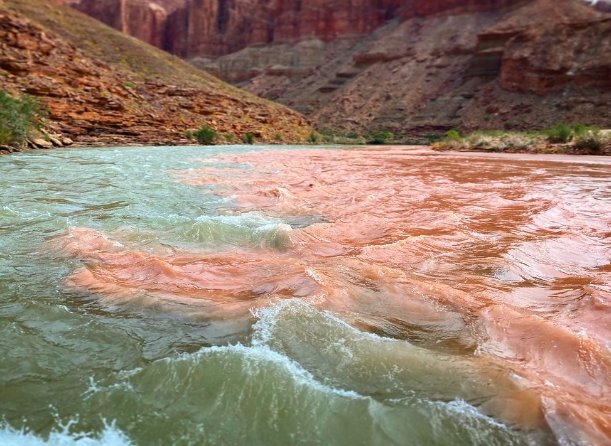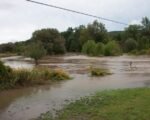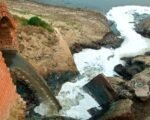The Colorado River, a lifeline for millions and the backbone of the American West’s water supply, faces an unprecedented crisis. The river’s flow has dwindled, reservoirs have plummeted to their lowest levels in history, and the threat of water scarcity looms large over the region.
The Dwindling Lifeline
The Colorado River Basin has been the subject of an extended drought spanning over two decades. This persistent dry spell has led to significant reductions in streamflow and water levels in major reservoirs, such as Lake Powell and Lake Mead. The impact is far-reaching, affecting everything from agricultural output to the availability of drinking water for urban centers.
The river’s diminished flow has also led to increased wildfire activity, altering the landscape and disrupting ecosystems. Vegetation patterns have shifted, with some areas becoming more susceptible to invasive species that further strain the water supply.

Reservoirs at Risk
Lake Powell and Lake Mead, the two largest reservoirs in the United States, are critical to the Colorado River’s management. They provide water storage, flood control, and hydroelectric power. However, their levels have dropped alarmingly, triggering concerns about future water availability and energy production.
The situation has prompted water managers to implement unprecedented measures to conserve and allocate the river’s water. These actions include water cuts for states reliant on the Colorado River and explorations into alternative water sources.
Navigating the Future
As the Colorado River confronts these strong water conditions, stakeholders from seven states and Mexico are negotiating the river’s future. The discussions aim to create a sustainable framework for water distribution that balances the needs of all users while preserving the river’s health.
The negotiations are complex, involving various interests from agriculture, urban development, recreation, and environmental conservation. The outcome will set a precedent for how the region addresses the intertwined challenges of climate change, water rights, and environmental stewardship.














